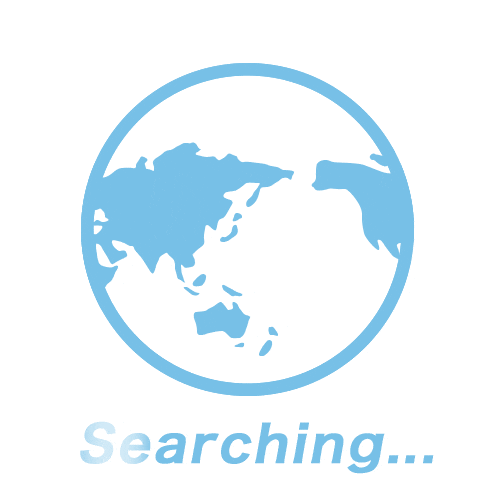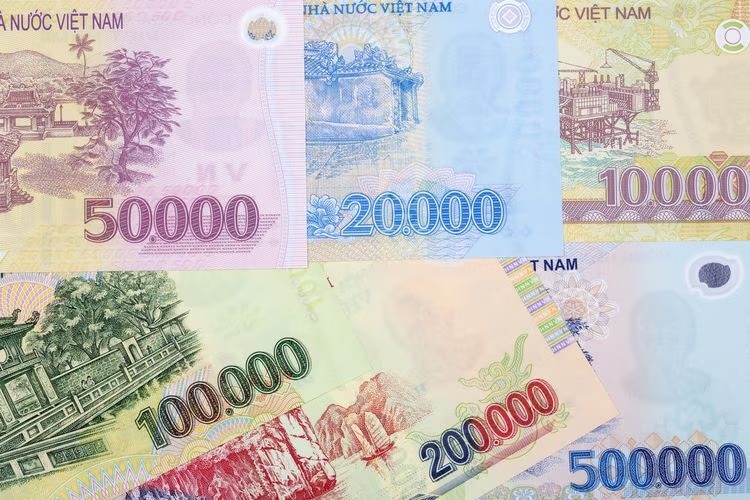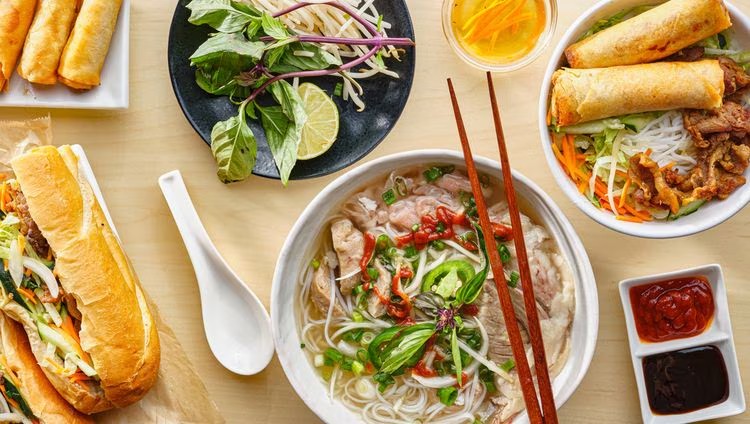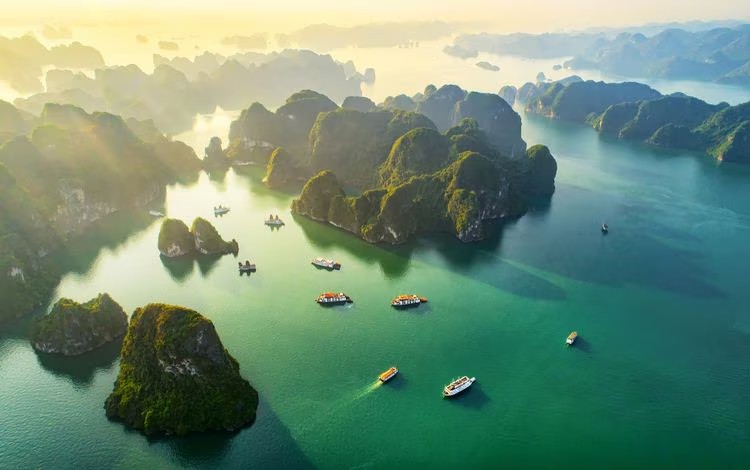-
2026/01/25
New York(JFK) -
2026/02/06
Ho Chi Minh
(Updated: December, 17, 2025 19:07)
Vietnam Travel Tips and Information
Official Name
Socialist Republic of Vietnam
Capital
Hanoi
Population
Country Code
Approximately 101 million
VN
Country Code (international calls)
+84
The flight time to Vietnam is approximately 16~18 hours. Check the climate, currency, religion, manners, other information of Vietnam below. Wishing you pleasant travels to Vietnam.
Vietnam is located in the eastern part of the Indochina Peninsula, facing the South China Sea to the east. It borders China to the north and Laos and Cambodia to the west. Vietnam is a long, narrow country that is roughly divided into three regions: North, Central, and South. As a result of the Vietnam War in the 1960s and 1970s, North Vietnam annexed South Vietnam and has continued to exist as a socialist republic to this day.
Compare Airfares for Flights to Vietnam
Compare Airfares for Flights to Vietnam
Compare Airfares for Flights to Vietnam
Compare Airfares for Flights to Vietnam
Compare Airfares for Flights to Vietnam
Local Climate / Weather
Vietnam’s climate varies across its three main regions—north, central, and south—due to its long, narrow geography. Overall, the country experiences a tropical monsoon climate, marked by wet and dry seasons, but the timing and intensity differ by region. In northern Vietnam, including Hanoi and Sapa, winters from November to March are cool and dry, while summers from May to August bring high temperatures and heavy rainfall. Central Vietnam, home to cities like Hue and Da Nang, enjoys a long dry season from February to August, but experiences intense rains and typhoons from September to January. Southern Vietnam, which includes Ho Chi Minh City and the Mekong Delta, stays hot throughout the year, with a wet season from May to November and a dry season from December to April. When planning travel, visitors should consider Vietnam’s varying weather patterns. The most favorable period for travel is from November to April, especially in the northern and southern regions, where temperatures are cooler, and the skies are clearer. Coastal areas like Da Nang and Nha Trang offer pleasant beach weather during these months, while popular trekking spots like Sapa and cultural landmarks in Hanoi are also more comfortable to explore. From May to October, the country sees heavy rains, particularly in the south, which can lead to occasional floods and disruptions. Central Vietnam, with its vulnerability to typhoons, requires careful planning during these months. However, for those seeking fewer crowds, traveling in the rainy season can offer a quieter and more affordable experience. Vietnam is also known for its vibrant cultural festivals, which enhance the travel experience. The Lunar New Year, or Tet, is the most significant celebration, occurring between late January and early February. It is marked by family gatherings, temple visits, and fireworks, though many businesses temporarily close during this period. Every two years in April or May, the Hue Festival showcases traditional Vietnamese culture through music and performances. The monthly Hoi An Lantern Festival, celebrated on the full moon, bathes the ancient town in colorful lantern light, creating a magical atmosphere. In the autumn, the Mid-Autumn Festival brings joyful celebrations with mooncakes and lion dances, while National Day on September 2 features parades and fireworks throughout the country. These festivals provide rich opportunities to engage with local traditions, making Vietnam an even more captivating destination for visitors.
Currency & Tipping
Currency
Vietnam’s official currency is the Vietnamese Dong (VND), represented by the symbol ₫. While VND is the primary currency, some upscale hotels, restaurants, and tourist businesses in major cities like Hanoi or Ho Chi Minh City may accept U.S. dollars (USD), though this is becoming less common. Currency exchange services are available at airports, banks, and licensed exchange shops.
Tipping
While tipping is generally optional, it’s a nice gesture that contributes to the local tourism industry, as many service workers rely on these additional earnings. Carrying small denominations of VND makes tipping easier and shows appreciation for quality service. Understanding the local currency and tipping norms helps travelers navigate Vietnam smoothly and with confidence.
Useful Travel Information

Voltage & Electrical Outlets
Vietnam uses a 220V supply with a frequency of 50Hz. The most common plug types are Type A, C, and G. Type A plugs have two flat pins, Type C plugs have two round pins, and Type G plugs are the three-square-prong variety. If your devices operate on 110V, you’ll need a voltage converter, and carrying a universal travel adapter is recommended for easy compatibility.

Internet Connectivity
Vietnam offers reliable and widely accessible internet services. Most hotels, cafes, and restaurants provide free Wi-Fi, especially in tourist-heavy areas like Hanoi, Ho Chi Minh City, and Da Nang. Internet speeds are generally good, though occasional slowdowns can occur. For more stable connections, consider purchasing a local SIM card with a data plan from providers like Viettel, Mobifone, or Vinaphone. SIM cards are affordable and can be purchased at airports or convenience stores.
Water for Consumption (Drinking Water)
It is not recommended to drink tap water in Vietnam. Instead, stick to bottled water, which is widely available at supermarkets, hotels, and convenience stores. Many locals and tourists also use boiled or filtered water for drinking. Hotels often provide complimentary bottled water, and it's advisable to carry your own while traveling.
Culture, Religion & Social Etiquette
Culture
Vietnam boasts a rich cultural heritage shaped by Confucian, Buddhist, and French influences, with unique traditions such as the Lunar New Year (Tet) celebrations and water puppet theater.
Religion
The country is home to a mix of Buddhism, Catholicism, Confucianism, and Taoism, with temples and pagodas playing a significant role in Vietnamese spiritual life, offering a glimpse into their diverse beliefs.
Social Etiquette
Politeness and respect for elders are essential in Vietnamese society; removing shoes before entering homes and offering small gestures of gratitude are customs for visitors when traveling in Vietnam.
Food Culture
The food culture in Vietnam is a harmonious blend of fresh ingredients and bold flavors, featuring well-known dishes like pho, banh mi, and spring rolls, with bustling street food scenes in cities like Hanoi and Ho Chi Minh offering everything from rice paper rolls to grilled meats. Travelers can explore local eateries such as Quan An Ngon for a wide range of authentic dishes or visit Banh Mi Huynh Hoa, a famous sandwich shop, to indulge in Vietnamese culinary favorites that highlight the country's love for herbs, spices, and vibrant sauces.
Major Tourist Attractions & UNESCO World Heritage Sites
Major Tourist Attractions
Vietnam offers a diverse range of attractions that appeal to every type of traveler. In Hanoi, explore the bustling Old Quarter, sip egg coffee at a local café, and visit Hoan Kiem Lake. Ho Chi Minh City blends history and modernity, with attractions such as the War Remnants Museum and Ben Thanh Market. Nature lovers can cruise through the Mekong Delta or take in the scenic views of Ha Long Bay. For a relaxing beach getaway, head to Da Nang or Nha Trang, while adventure seekers can trek the terraced hills of Sapa in northern Vietnam. With vibrant nightlife, shopping, and street food experiences, Vietnam offers an exciting itinerary for travelers looking for memorable adventures.
UNESCO World Heritage Sites
Vietnam is home to several UNESCO World Heritage Sites that showcase its rich culture and natural beauty. A must-visit is the breathtaking Ha Long Bay, known for its emerald waters and towering limestone islands, perfect for cruising and kayaking. In central Vietnam, Hoi An Ancient Town offers a glimpse into the country’s trading history, with well-preserved temples, old houses, and lantern-lit streets. The Imperial City of Hue highlights Vietnam’s royal past, featuring ancient palaces and pagodas along the Perfume River. Nature enthusiasts can explore Phong Nha-Ke Bang National Park, home to the world’s largest caves, ideal for spelunking and trekking. These heritage sites not only provide enriching experiences but also connect travelers to the heart of Vietnam’s history and culture.
Travel FAQs
What is the safety situation in Vietnam like?
Vietnam is generally a safe destination, with low crime rates, but petty theft like pickpocketing and bag snatching can occur in busy tourist spots. It’s important to keep valuables secure, use trusted apps like Grab to avoid taxi scams, and be cautious when crossing streets due to chaotic traffic. Stick to bottled water and eat at popular food stalls to avoid health issues for a smooth and enjoyable trip.
Is English spoken in Vietnam?
In Vietnam, English is often spoken in tourist areas and areas with many foreigners.
What is the most popular airport to fly into Vietnam?
The airports most convenient for tourists are Noi Bai Airport in Hanoi (HAN), Da Nang International Airport in Da Nang (DAD), and Tan Son Nhat Airport in Ho Chi Minh City (SGN).
What are the main means of transportation in Vietnam?
Within the city, there are taxis, cyclos (rickshaws) and local buses. For long-distance travel, you can choose to travel by domestic plane, the Vietnam North-South Railway or tourist boats.
What is the security situation in Vietnam? Is there anything I should be careful of?
Compared to other Southeast Asian countries, security is more stable in Vietnam. There are many cases of petty crimes such as snatching and baggage theft targeting tourists, so avoid going out alone at night. When walking around town, be sure to take good care of your valuables.
What should I bring with me on a trip to Vietnam?
Vietnam is known to be hot all year round, so we recommend carrying insect repellent, essential medications, sweat wipes, an umbrella that can be used in both rain and shine, a hat and sunscreen.




